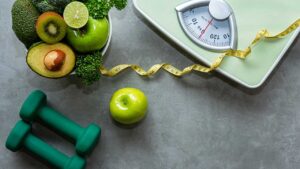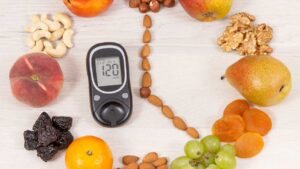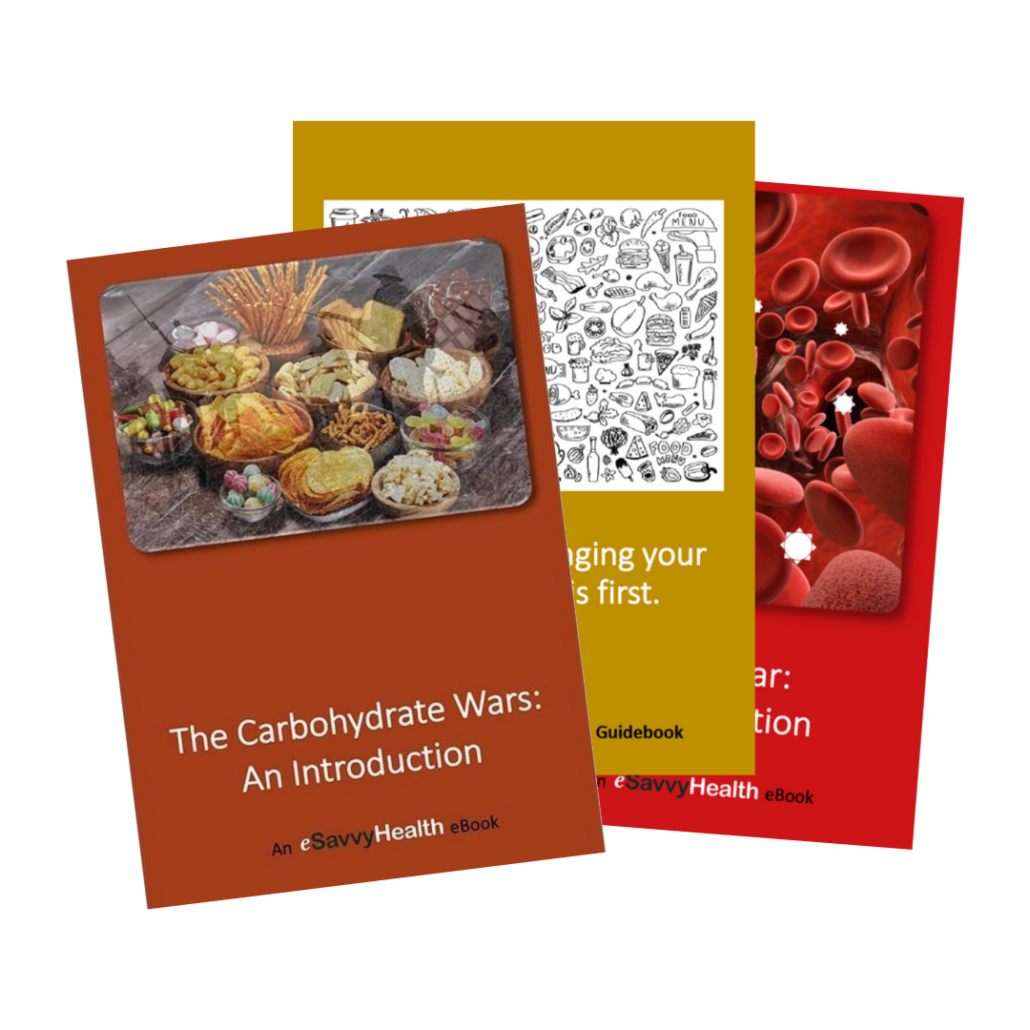Whether it’s the gooey, stringy stuff on your pizza or the pungent varieties that pair well with wine, the making of cheese is a craft that involves many steps and techniques.
All cheese is a type of processed food, since it requires additives and tweaking in order to turn a liquid into a solid. But there’s a huge difference between minimally processed cheese, which generally consists of just a few ingredients, and ultra-processed, brightly colored, shelf-stable “cheese products,” which contain multiple chemicals and preservatives.
Most natural cheeses are created using similar techniques with the same basic ingredients: milk, salt, bacteria, and enzymes. First. milk is warmed and intentionally soured (acidified). The milk can be raw or pasteurized (cheese made from raw milk must be aged for at least 60 days to make it safe to eat). It can come from cows, sheep, goats, buffalo, etc.
Acidification (souring) is accomplished by the milk’s naturally present lactic acid bacteria, or by the addition of a starter culture of extra bacteria, or by adding an acid such as vinegar or lemon juice. The use of difference bacterial cultures can impart distinctive characteristic flavors and textures, but the goal is that lactic acid bacteria converts the lactose sugar in the milk into lactic acid, which makes the protein components in the milk form lumps. The result is the stuff of Little Miss Muffet’s picnic; curds and whey! The curds are the lumpy bits made of proteins and fat; the whey is the liquid.
If a soft cheese such as cottage or cream cheese is being made, the mixture is simply separated by squeezing, pressing, and draining to remove the whey and leave the curds.
In the case of harder or more complex cheeses, like cheddar, the next step is to add something that causes or aids in the change from a liquid to a solid. The most common addition here is rennet: enzymes produced in the stomach of ruminant animals like calves. But a “vegetarian rennet” can also be used, made from tree sap, thistle, fungus or another method. Either way, the rennet makes the proteins stick together, forming a gel that can be cut into smaller pieces and further cooked, washed, and drained, becoming at last fatty and protein-filled cheese.
During this process, the temperature, time, acidity, sequence of steps, use of salt or brine, block formation, and the amount of aging can all be adjusted to produce very different results. Yeast and mold are also often incorporated into cheeses, such as in camembert, brie, and blue cheese.
Most cheeses contain much less lactose sugar than milk does, and so can often be tolerated by those with lactose intolerance. In fact, some aged cheeses, such as parmesan, contain almost no lactose at all.
If you are watching your sodium intake, you should know that some cheeses contain quite a bit of it. Goat, mozzarella and Swiss cheeses tend to be lower in sodium. On the plus side, some fermented cheeses contain probiotics, which is good news for your gut.
Minimally processed cheeses can be a truly delicious and healthy addition to your diet. Ultra-processed cheeses, not so much. Fortunately, they’re not hard to tell apart—just count the ingredients!
References:





